Search The Collection
Filter By
Object Type / Material
Geographic Location
Date / Era
Department
Show Only:
- As part of the Met's Open Access policy, you can freely copy, modify and distribute this image, even for commercial purposes.APIPublic domain data for this object can also be accessed using the Met's Open Access API
- Objects with changed or unknown ownership in continental Europe between 1933-1945. Learn more
Showing 161 results for Greek, Ptolemaic or Roman, Egyptian
Sort By:
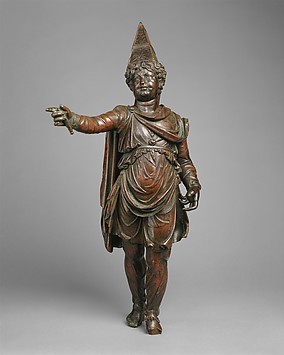
Greek, Ptolemaic or Roman
mid-late 1st century BCE
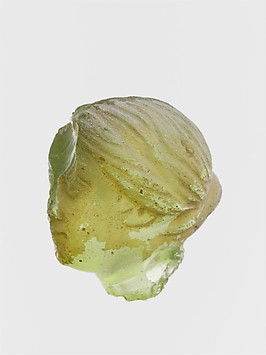
Greek, Egyptian
2nd century BCE

Greek
ca. 270–250 BCE

2nd century B.C. or early 1st century B.C.
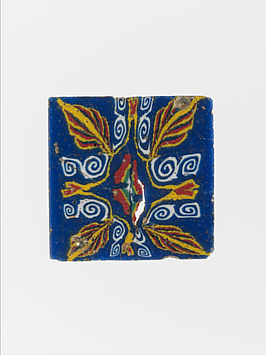
Egyptian, Ptolemaic or Roman
1st century BCE–1st century CE
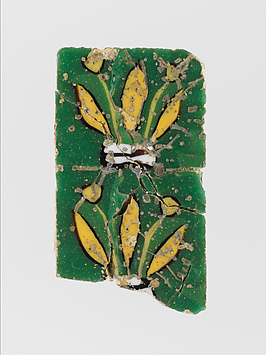
Egyptian, Ptolemaic or Roman
1st century BCE–1st century CE
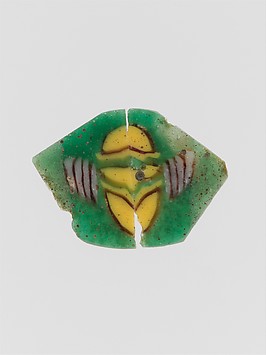
Egyptian, Ptolemaic or Roman
late 1st century BCE–early 1st century CE
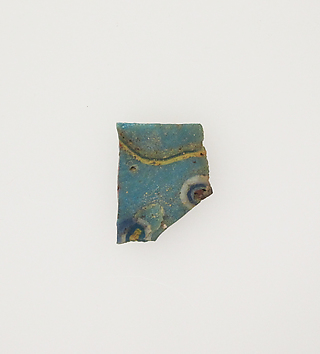
Greek, Ptolemaic or Roman, Egyptian
ca. 1st century BCE
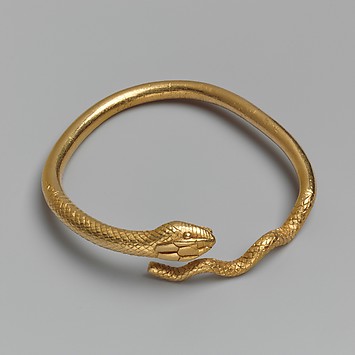
Greek, Ptolemaic
ca. 300–250 BCE
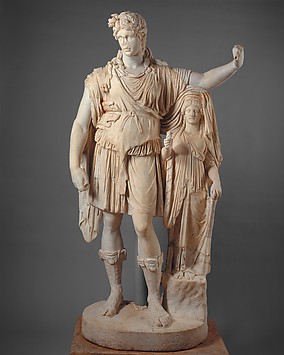
Pacetti, Vincenzo
27 BCE–68 CE

Roman
14–68 CE
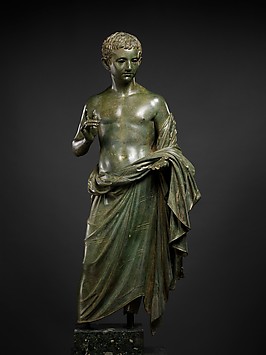
Roman
27 BCE–14 CE
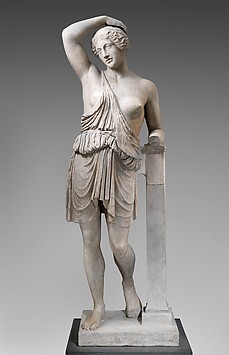
Roman
1st–2nd century CE
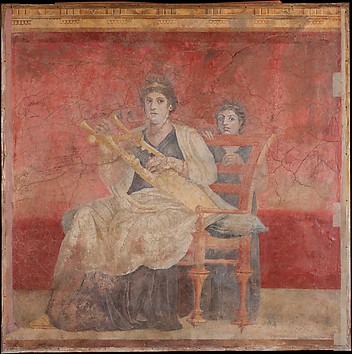
Roman
ca. 50–40 BCE

Greek
3rd–2nd century BCE
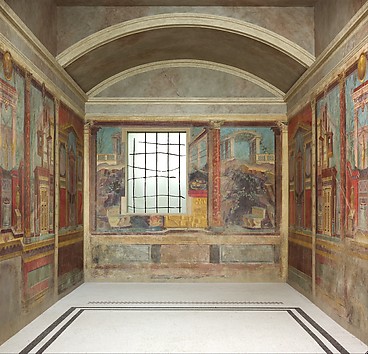
Roman
ca. 50–40 BCE

Roman
2nd century CE

Master of the Dinteville Allegory
1537
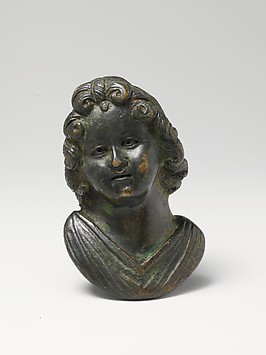
Greek or Roman
late 2nd century BCE–2nd century CE
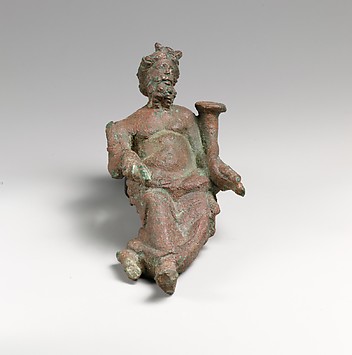
Greek or Roman
ca. 100 BCE–100 CE

Greek or Roman
ca. 200 BCE–200 CE

Greek or Roman
ca. 100 BCE–100 CE
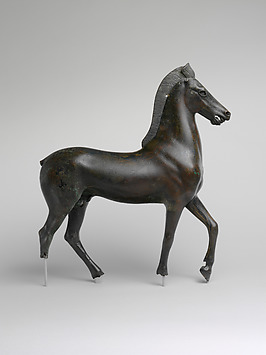
Greek
late 2nd–1st century BCE

Roman
2nd century CE

Greek
ca. 330–300 BCE
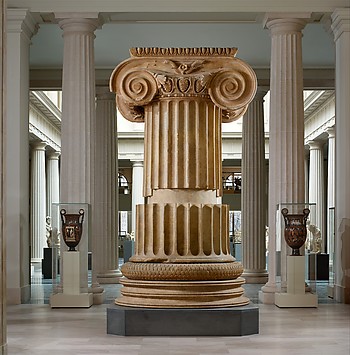
Greek
ca. 300 BCE
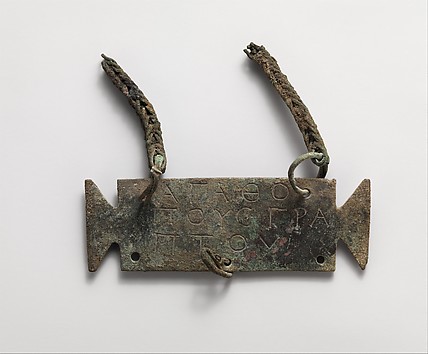
Roman
ca. 2nd century CE

Greek
ca. 450–440 BCE
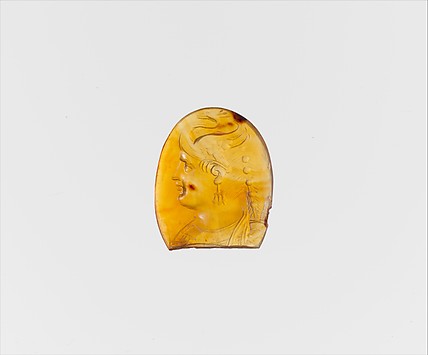
Roman
1st century BCE–3rd century CE
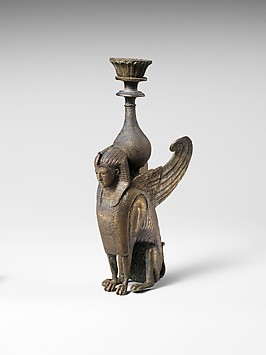
Roman
ca. 27 BCE–14 CE

Roman
1st century CE
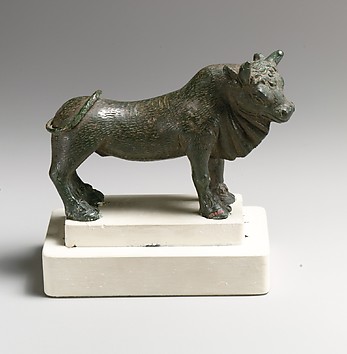
Roman
ca. 2nd century CE
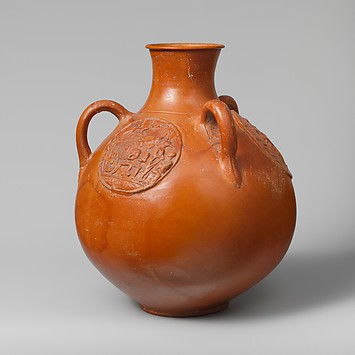
Roman
late 2nd–early 3rd century CE
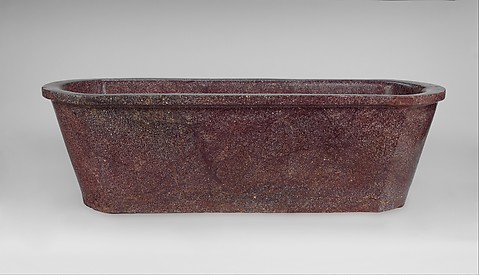
Roman
2nd–3rd century CE
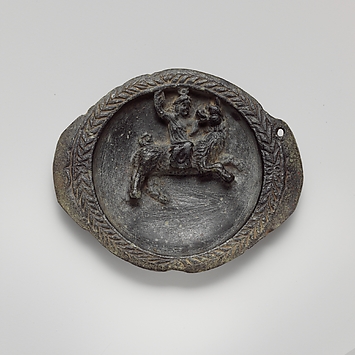
Egyptian, Ptolemaic or Roman
ca. 1st century BCE–1st century CE
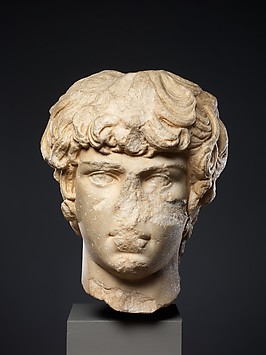
Roman
ca. 130–138 CE

Roman
1st century CE
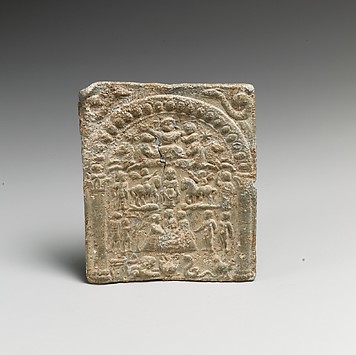
Roman
probably 3rd century CE

Celtic or Roman
1–100
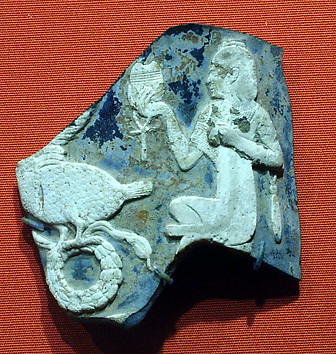
27 B.C.–A.D. 14